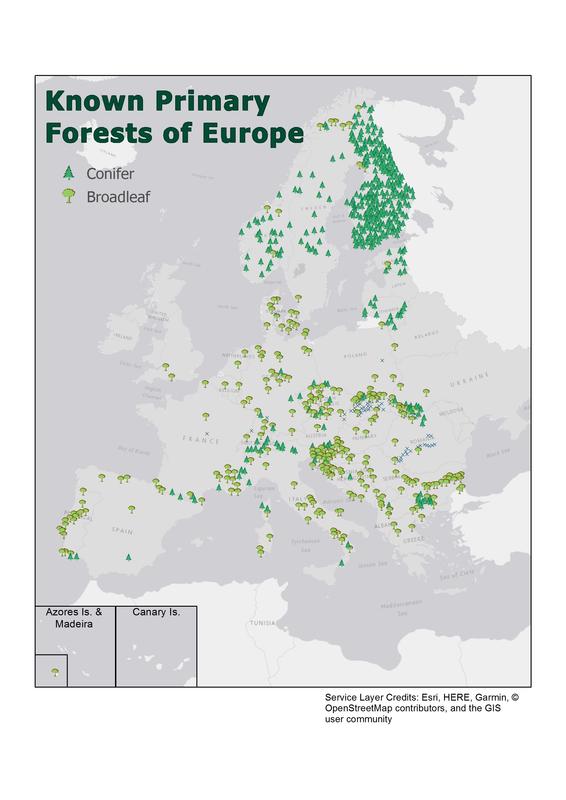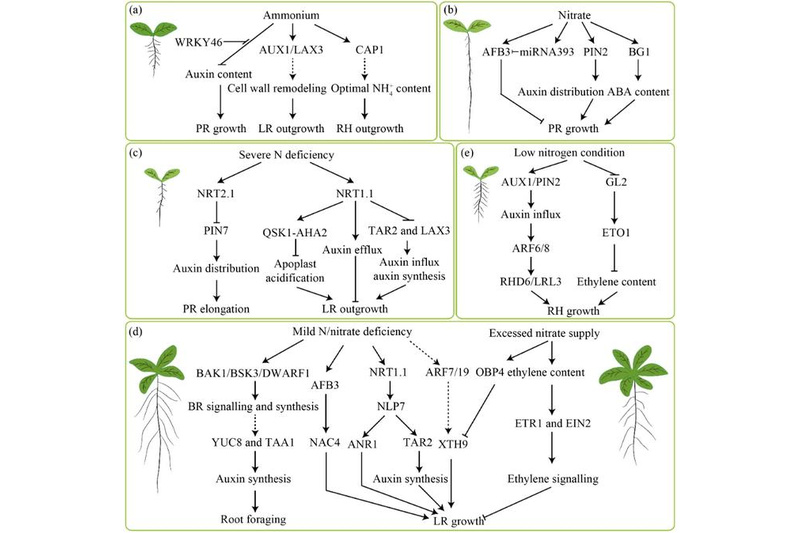
Where are Europe’s last primary forests?

Map of the last remaining pristine forests in Europe
Copyright: Esri, HERE, Garmin, OpenStreetMap contributors, GIS user community
Scientists at the Geography Department of the Humboldt-Universität zu Berlin (HU) have compiled the first map of the remaining primary forests in Europe. The map includes more than 1.4 million hectares of primary forest across 34 countries.
“It is not that these forests were never touched by man, this would be hard to believe in Europe”, explains Dr. Francesco Maria Sabatini. He is coordinator of the new study which has now been published in the journal Diversity & Distributions.
“Still, these are forests in which there are no clear visible indications of human activities, and in which ecological processes follow natural dynamics.”
Prof. Dr Tobias Kümmerle (HU), co-author, highlights: “Although these forests only make up a very small fraction of the forested area of Europe they have enormous value for conservation. Primary forests are the only places where many species on the verge of extinction are still to be found.
These forests are also vital for better understanding how human influences affect the forest ecosystem. Knowing where to find the last remaining primary forests is therefore extremely important. But prior to this study, there was simply no unified map for Europe.”
In order to prepare this map, several different datasets needed to be merged and harmonized. Dr. Francesco Maria Sabatini: “The success of the study relied on collaborating with hundreds of forestry specialists, NGO activists, and other experts who shared their knowledge about their countries with us.”
Even in Europe, preserving these pristine forests is not a matter of course
Although these forests occupy an area higher than previously expected, the study shows in particular that primary forests in Europe remain generally very rare, are located in remote areas, and are fragmented into small patches. Although 89 percent of Europe's primary forests are located within protected areas, they are still threatened.
“Wide patches of primary forest are currently logged in mountain areas, for instance in Romania and Slovakia or in some Balkan countries. A soaring demand for bioenergy coupled with high rates of illegal logging are leading to the destruction of this irreplaceable natural heritage – often without people even being aware that these forests are primary,” explains Professor Miroslav Svoboda, University of Life Science in Prague and co-author of the study.
The new map can contribute to preserving these forests. In addition, the map provides valuable evidence of where futher undiscovered patches of primary forest might be.
Publication
https://onlinelibrary.wiley.com/doi/abs/10.1111/ddi.12778
Further information
https://www.geographie.hu-berlin.de/en/professorships/biogeography/projects/fore…
https://forestsandco.wordpress.com/
Contact
Dr. Francesco Maria Sabatini
Geography Department
Tel.: 030 2093-5394
francesco.maria.sabatini@geo.hu-berlin.de














